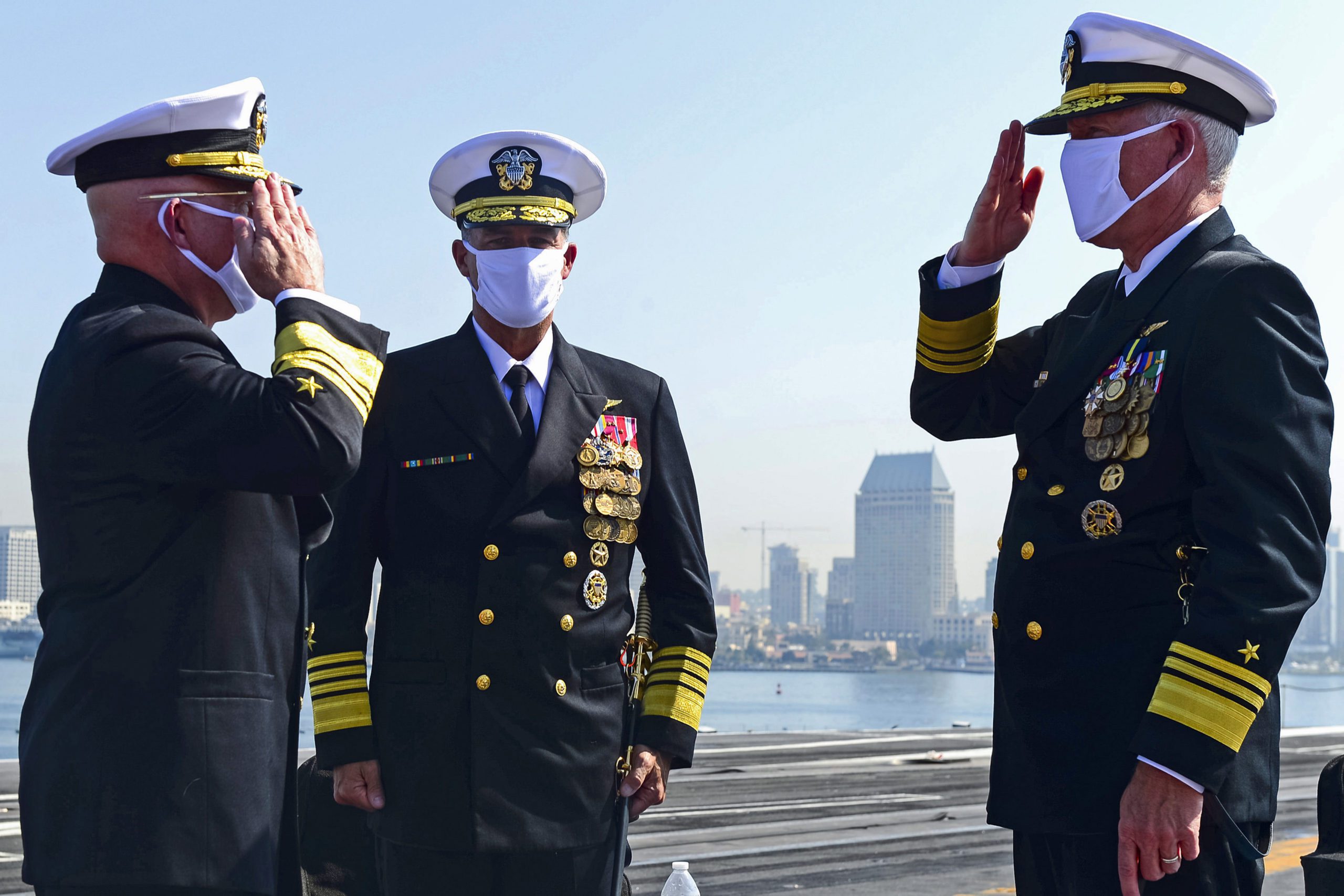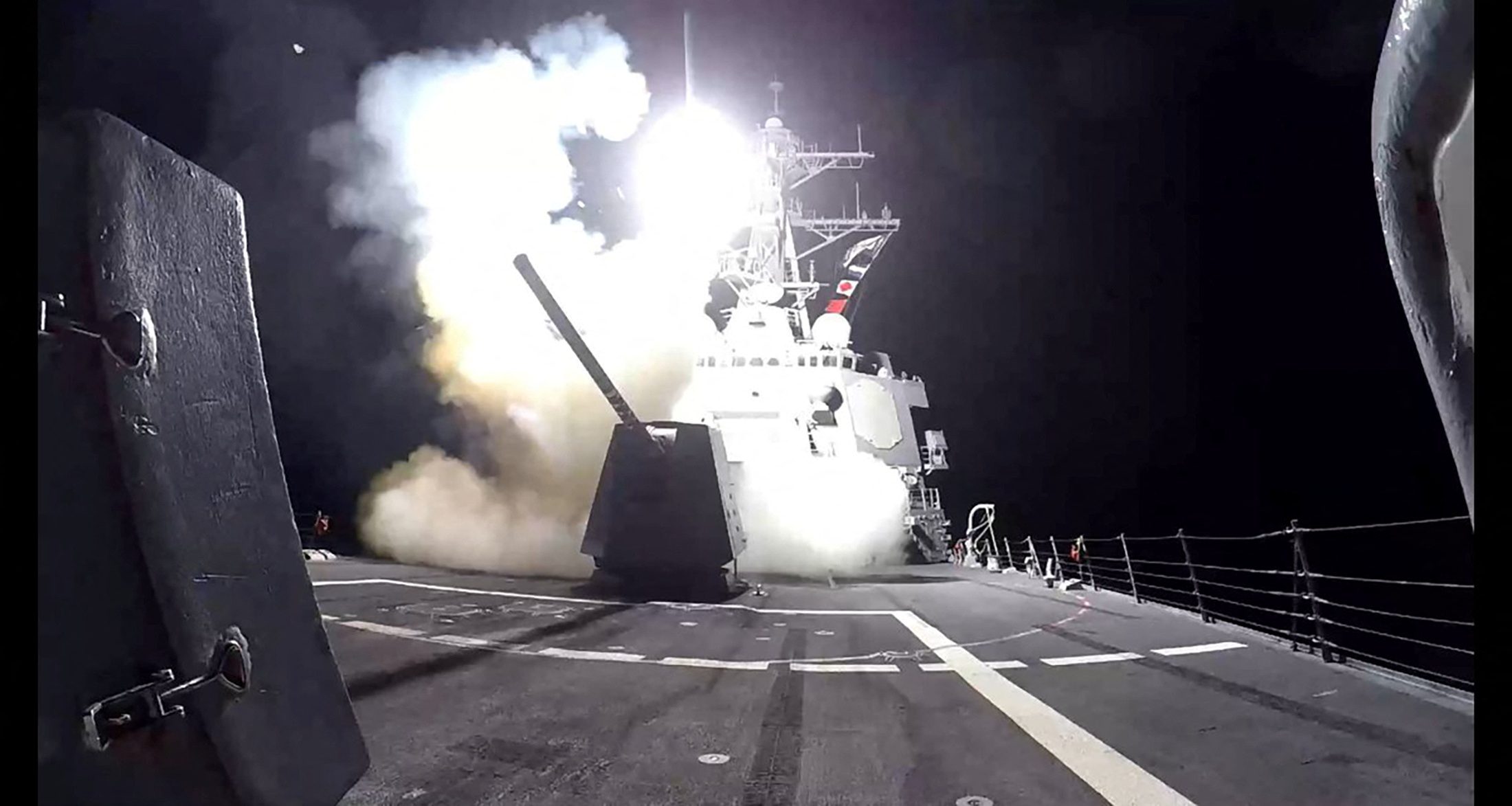“China could never have dreamt up a way to do this much damage to the U.S. Navy,” U.S. Navy Pacific Command Staff
by Captain John Konrad (gCaptain) A new US Congressional study released this week finds toxic culture to be the link between recent casualties aboard ships including the USS Bonhomme Richard fire, as well as the USS McCain and USS Fitzgerald collisions. The study, commissioned by Senator Tom Cotton, found a broad consensus across interviewees on numerous cultural issues that impact the morale and readiness of the Navy’s surface force.
Among the top problems found was a culture with zero tolerance for risk, a blasé attitude towards ship-handling skills, micromanagement, and a total lack of understanding of journalism and the high levels of influence new digital media outlets wield today.
Related Article: Red Over Red, The Failure Of U.S. Navy Leadership
The One Mistake And You’re Out Navy
According to Mark Zuckerberg success in the 21st century comes from fostering ‘the freedom to fail’ and Bill Gates, another proponent of embracing failure, says “Success is a lousy teacher. It seduces smart people into thinking they can’t lose.” Silicon Valley requires its leaders to “fail fast and often” but the US Navy takes the opposite approach. To become an Admiral today you need a perfect record and the only way to achieve that is to master bureaucracy and avoid taking any risks.
“A prevalent theme was a near-universal disdain for the so-called One Mistake Navy,” says the report. “Unwillingness to rehabilitate one-off mistakes and the practice of discipline-by-paperwork are a drain on the Navy’s retention efforts.”
Former Secretary of the Navy John Lehman has framed this problem in a historical context, suggesting that none of the four key Admirals who led victorious fleets in World War II would have made it to the rank of Captain in today’s Navy. “Nimitz put his first command on the rocks,” says Lehman. “Halsey was constantly getting into trouble for bending the rules… Ernie King was a womanizer and a heavy drinker. Admiral Leahy may be the only one that might have made it through, but he had quite a few blots on his record as well.”
Nobody is suggesting we return to a day where being drunk and surly was acceptable but today’s warship captains can no longer even take modest professional risks. The study finds they can no longer have small failures, learn, and move forward. Even more troubling is the fact they can’t help shipmates who have failed. “It’s just not done because it’s too dangerous for anybody that tries to help someone who has made a mistake.”
“China could never have dreamt up a way to do this much damage to the U.S. Navy.” a senior U.S. Pacific Command staffer said to the US Naval Institute Press.
Underinvestment In Professional Seamanship Training
Chief among the problems is increasing emphasis on administrative duties to the detriment of basic seamanship skills or preparing ships to fight. The report noted a lack of effective onboard training magnifies a larger lack of investment in shipboard skills.
“It is estimated that getting an F-18E/F Hornet pilot from commissioning to the fleet squadron could cost as much as $3 million to $4 million dollars.” says the report. “Getting a Surface Warefare Officer to the fleet in some of these plans was often less than $30,000 or $40,000.”
The report suggests that most Navy mandated training does not help prevent incidents or prepare sailors for war. “I guarantee you every unit in the Navy is up to speed on their diversity training.” said one navy leader. “I’m sorry that I can’t say the same of their ship handling training.”
“The reporters are in charge, not us.”
There is an undercurrent of fear in the surface fleet in regard to the amount of power new media has to influence policy in Washington and action in the pentagon. In the report, captains described commanding officers who refused to delegate below the Department Head level for basic issues such as watch-bill development, for fear of ending up on the cover of the Navy Times.
Interviewers observed a number of reactions to institutional jumpiness around new media. The first is a loss of faith in the chain of command who duck and hide to avoid media scrutiny.
According to the report, much of this pain is self-inflicted. The military, not just the Navy, has been slow to acknowledge the realities of new media. The report says that journalists are tasked with a difficult job that is vital to a healthy democracy but not all media outlets hire journalists. Some just echo social media rumors and false information.
“The objective of news organizations is to hold power to account, not to win wars.” says the report. “The Navy has forgotten how to differentiate between stories that are ignorable and stories that demand a response.”
Navy Vs Commercial Maritime Culture
According to the Naval Institute, this survey is not alone in identifying these problems. The Navy and government agencies have reached similar conclusions in several reports and investigations, most recently in the Government Accountability Office’s recent report on surface warfare retention. Similar problems have been reported at agencies that oversee commercial ships including MARAD, the US Coast Guard, and IMO.
From my perspective as a licensed shipmaster, these problems are not unique to the US Navy. The commercial maritime sector also struggles with balancing diversity and leadership training with shipboard training… and fails at both. We too are too bureaucratic and resist any change that could lead to failure. Like Navy Admirals, shipping executives rarely take responsibility and too often place all blame on Captains and crew.
From my perspective as the founder of a digital media outlet, the comments in this report resonate strongly. The shipping world does not differentiate between news organizations that invest in journalism and those that publish rumors or nonsense corporate news. More importantly, the industry does not understand the influence media has on setting the agenda or influencing politicians or policy. Those that do invest in new media shy away from journalism and instead invest in the “look at me” culture by spending their cash producing press releases that help them boast about themselves.
This report was written specifically to help the US Navy prepare for war but it is worthwhile reading for every ship captain and corporate leader in the maritime and offshore industries.
Full Report Link: A REPORT ON THE FIGHTING CULTURE OF THE UNITED STATES NAVY SURFACE FLEET
Related Articles:
Red Over Red, The Failure Of U.S. Navy Leadership
Admiral, I Am NOT Ready For War
Ball Diamond Ball – The U.S. Navy’s Failure To Reorient To Danger
These Might Be The Worst Maritime Videos Ever Produced

 Join The Club
Join The Club











